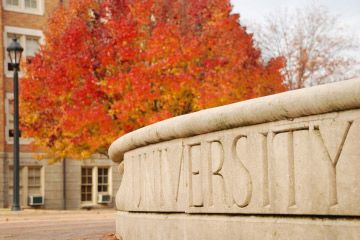Unless you have the means to pay for college out of pocket, all college educations begin with a hard search for any and all available financial aid streams. This will generally begin with filling out the Free Application for Federal Student Aid (FAFSA). It's at this point that the concepts of free and college typically part ways.
The FAFSA form provides a deep examination of your family's income, assets and what dollar amount you'll be expected to contribute to the college education, based on combined household income. Even if you plan to attend a private college, you'll still be required to fill out the FAFSA form. Private schools often use the federal methodology to determine whether and how much need-based financial aid you may qualify for.
Advertisement
There are two broad types of financial aid: need-based and merit-based. Both may have limitations to qualifications depending on how many hours the student takes during the semester that's being paid for. If you're fortunate enough to be able to attend school as a full time student, then congratulations; most schools allow full-time students to qualify for 100 percent of financial aid. This doesn't mean that you'll automatically receive financial aid of any kind as a full-time student. It only means that you're eligible to receive that percentage.
So what are the ways that you might be able to cobble together 100 percent of your college tuition costs? In this article we'll look at the offers that American students have available to help them get through college without resorting to a life of crime. On the next page we'll look at the most desirable way, grants and scholarships.
Advertisement




